Two Most Common Organizing Issues
One of the most common issues people face when organizing and downsizing is deciding what to keep. Here is a tool that is helpful during the decision making process. This tool is from the book, Organizing for Dummies by Eileen Roth and Elizabeth Miles.
When deciding to save or not use the acronym WASTE.
- W = worthwhile
- A = again
- S = somewhere else
- T = toss
- E = entire
This acronym is a great tool because it prompts us to ask questions regarding the usefulness of the items on which we’re deciding. We need to be honest with our answers and with our assessment of the items in question.
- Why is this item worthwhile to keep?
- When will we use it again within the next year?
- Can we find it easily somewhere else, if we need to?
- What will happen if we toss it?
- Do we need the entire thing? If not, keep what we need and toss the rest.
A second common issue people face when organizing and downsizing is deciding what to do with the items that aren’t being kept. The options are countless, but what I have witnessed over the years is that it’s helpful to find a donation destination that motivates us to let go of stuff. Let me share some of the most common ones that I use for myself and for my clients.
- Give to someone we know, friends, family, neighbors
- Always ask! Don’t assume people want things that you want to pass along to them.
- Donate to a non-profit organization that will give directly to those in need
- Clothes To Go, North Attleboro, MA 401-651-3936
- Docas International, Providence, RI 401-784-8600
- New Life Furniture Bank of MA, Walpole, MA 774-316-6395
- Donate to a resale organization
- Savers, North Attleboro, MA 508-695-1068
- Saint Vincent dePaul, Plainville, MA 508-695-5150
- The Goodwill Store, South Attleboro, MA 508-399-7601
- Offer up for free
- Freecycle
- Buy Nothing
- Put on curb with free sign attached
- Sell the items yourself
- Consign the items
- PoshMark.com
- ThreadUp.com
- Blackbirds Consignment Shop, Providence, RI 401-353-2028
©November 2021 Janine Cavanaugh, CPO All rights reserved


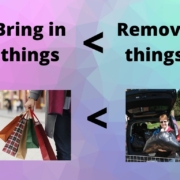
 In order to reduce clutter, we need to get rid of more than we bring in. Think like a mathematician, the rate at which we bring things in needs to be less than the rate at which we remove things.
In order to reduce clutter, we need to get rid of more than we bring in. Think like a mathematician, the rate at which we bring things in needs to be less than the rate at which we remove things.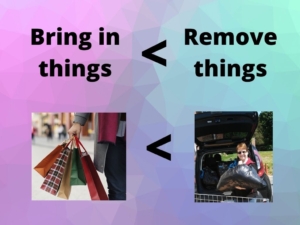
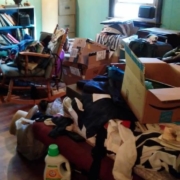
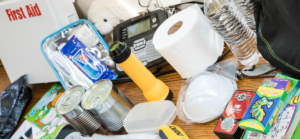



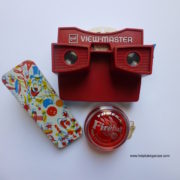

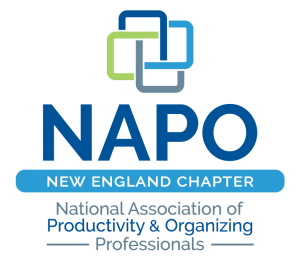
Follow Me